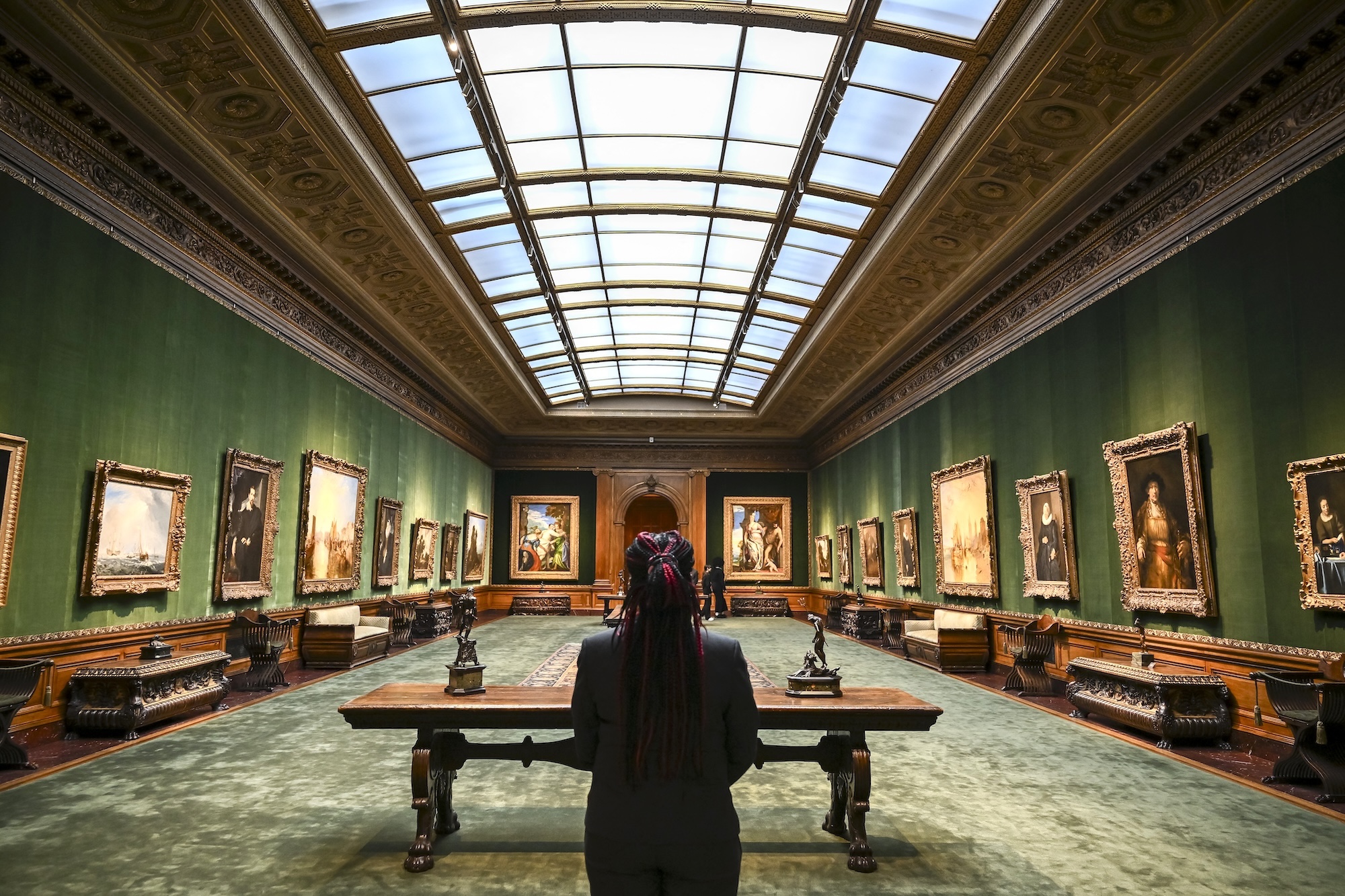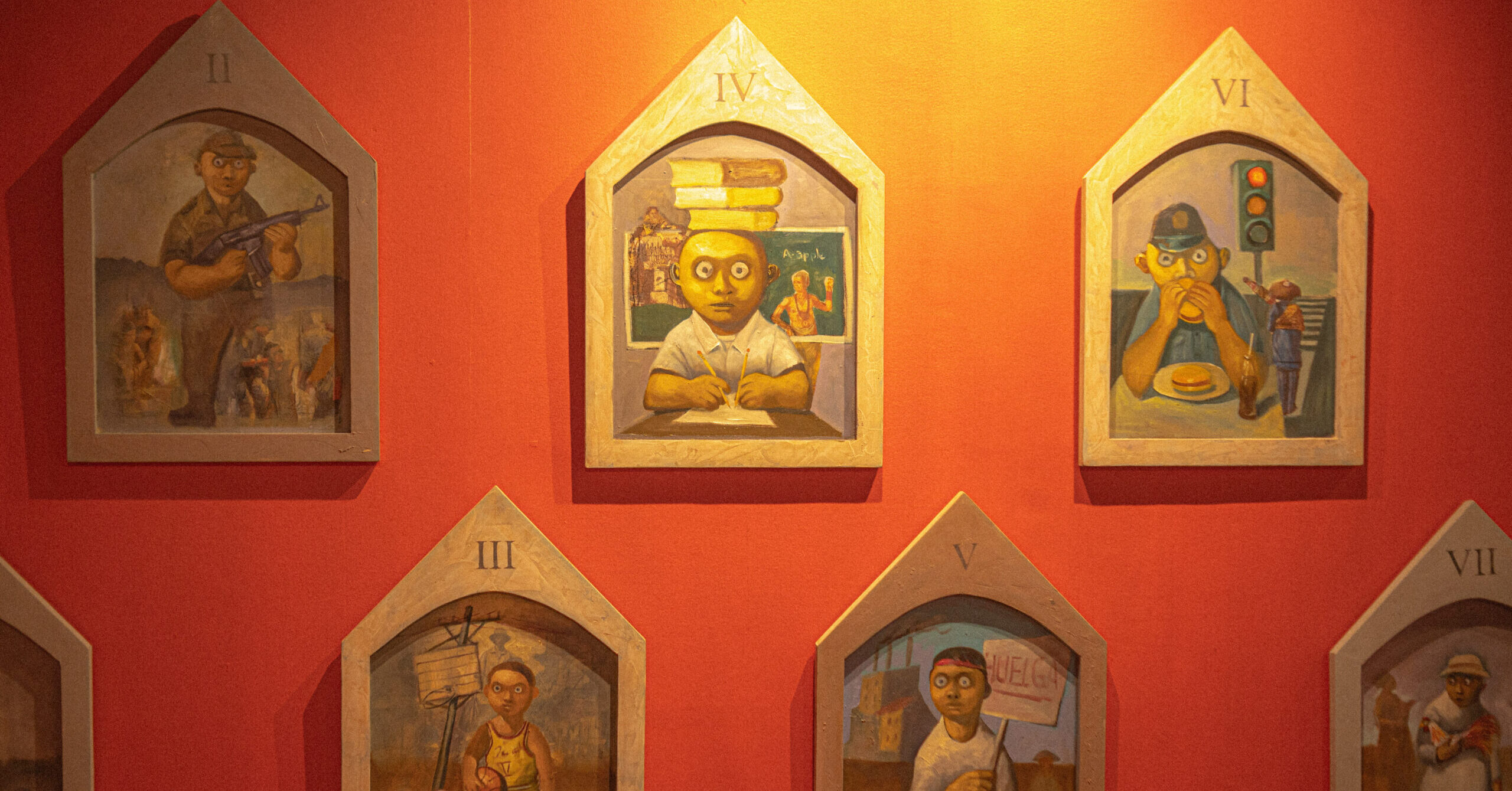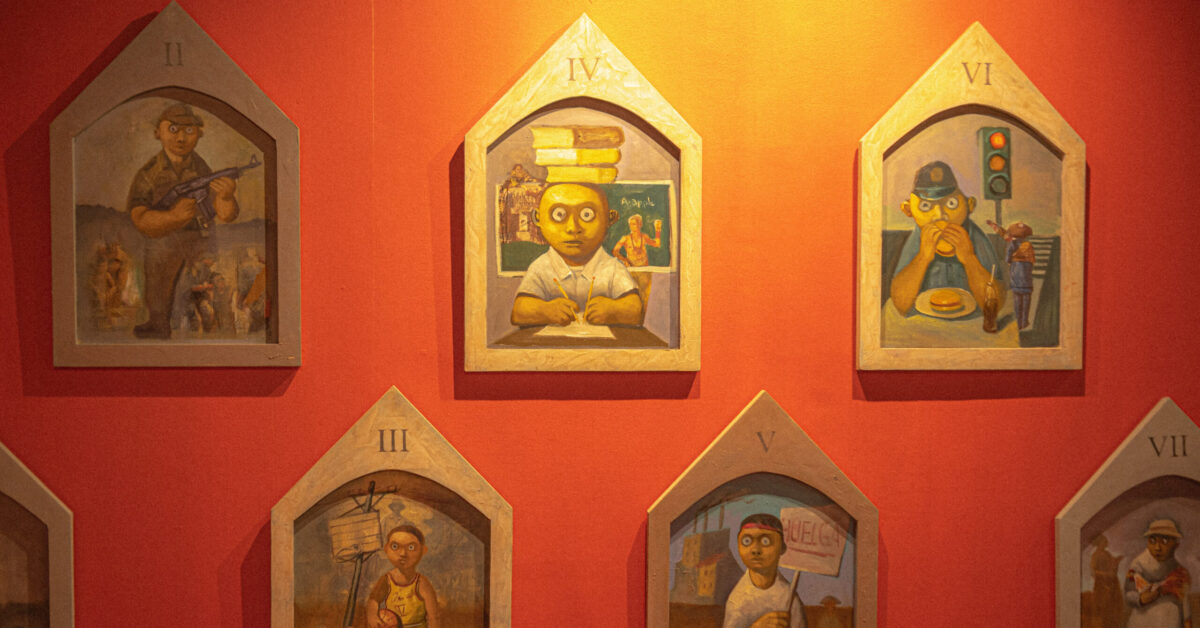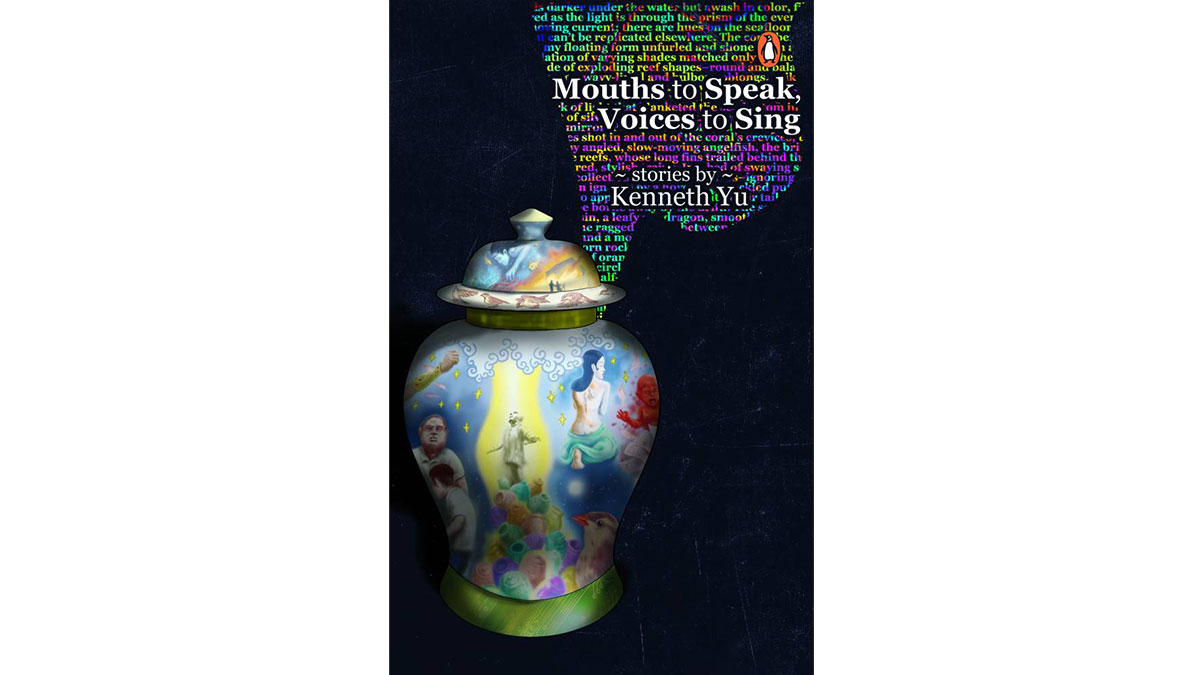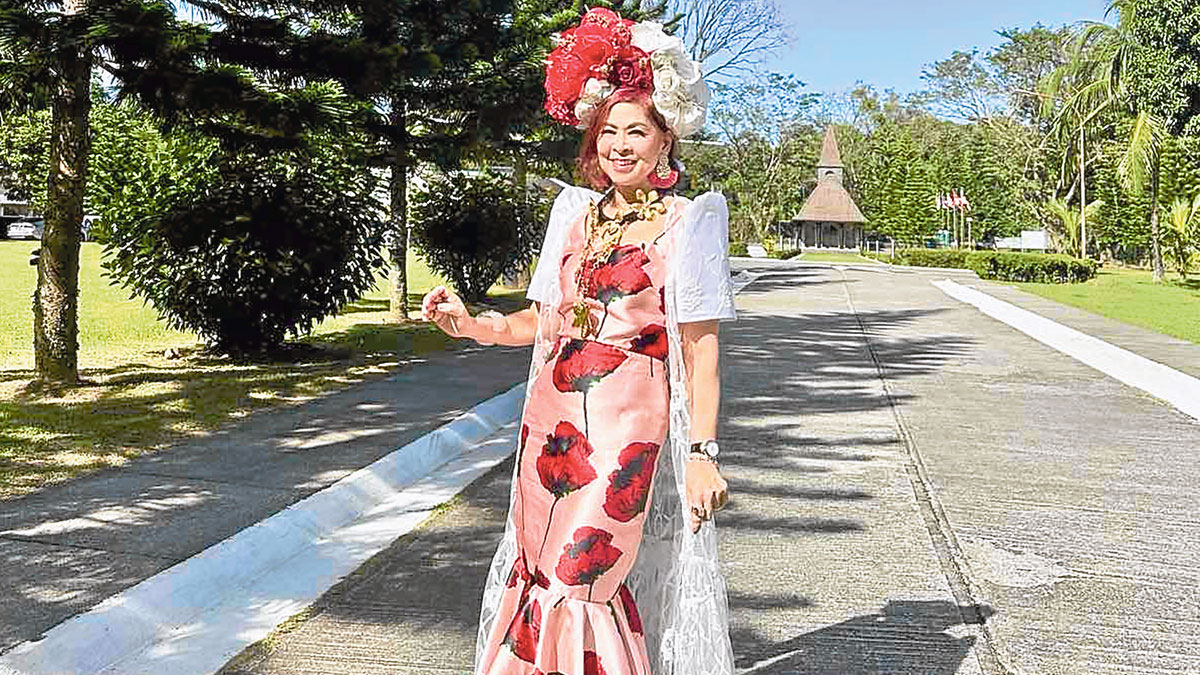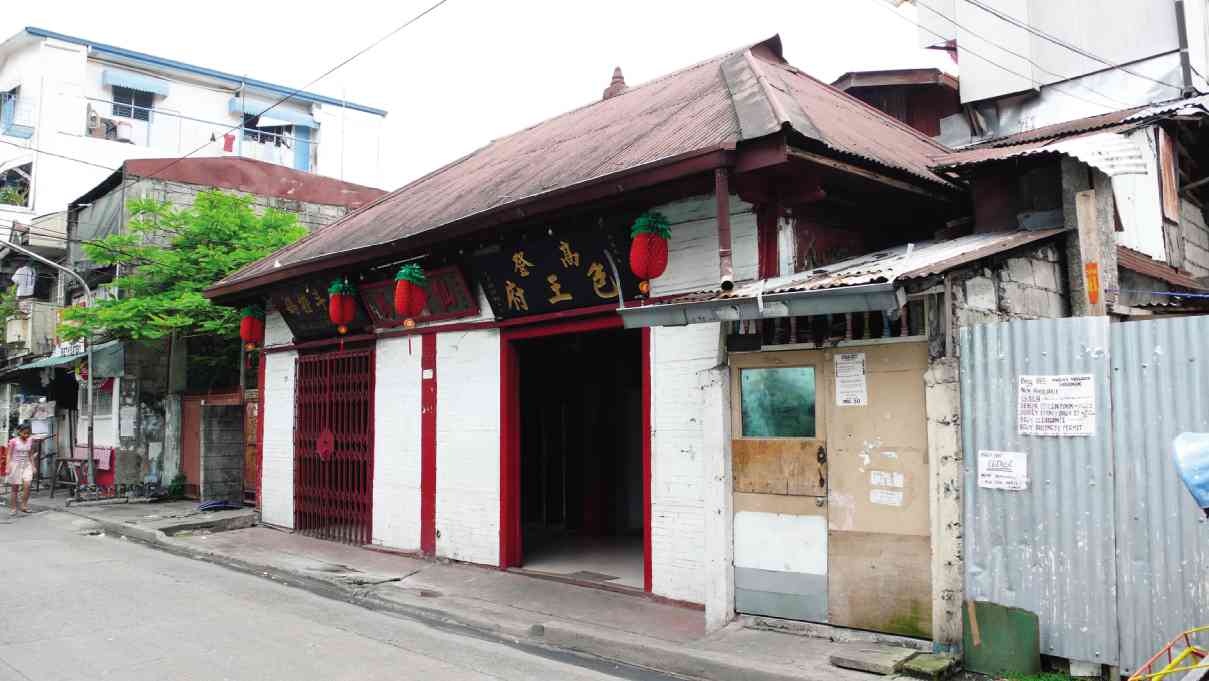
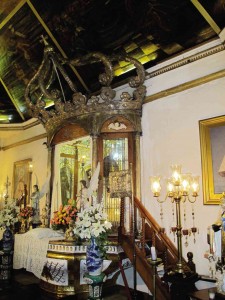
Santa Ana district in Manila at first glance does not appear to be distinct from the rest, but a closer look reveals its wealth of heritage and tradition.
Once a thriving pre-Hispanic riverside settlement of royal origins, Santa Ana evolved into a bucolic retreat during the Spanish colonial period where prominent Manileños and the clergy went to escape city heat, a practice that continued through the American colonial era until the early years after World War II.
Today, Santa Ana is one of the few pockets of heritage that survives despite the pressures of urban Manila.
Where else in the city can one find houses along the Pasig built in the late-19th to mid-20th centuries, homes of families closely associated with Philippine history?
Adding more significance to the houses is the fact that they served as temporary shelters for thousands of refugees who lost their homes and livelihood during World War II.
Franciscan church
The centerpiece of the district is Nuestra Señora de los Desamparados Church (dating to 1725), its adjoining Camarín de la Virgen, and the archaeological excavation area at the church patio which have been declared a National Cultural Treasure.
To restore the National Cultural Treasure, the Franciscan Order, the Parish Pastoral Council, Cofradía de la Nuestra Señora de los Desamparados, and the Cofradía de la Inmaculada Concepción worked with conservation technicians from the National Museum whose activities were funded by the National Commission for Culture and the Arts.
The Santa Ana heritage program is anchored on the local community’s realization that despite new developments coming into sight, the neighborhood retains its quiet, old world suburban atmosphere that has practically vanished in most parts of urban Manila.
A core group of local Santa Ana residents worked together with the Lola Grande Foundation and Fundación Santiago to organize the community to preserve its heritage and find sustainable ways to financially benefit from it.
Setting an admirable example of how local community participation is essential to ensure that the special heritage of their district stays alive, Fundación Santiago organized a series of programs to prepare residents for participation in the Santa Ana Community-Based Heritage Tourism (CBHT) program.
Fundación Santiago conducted lectures and neighborhood tours for local residents to discover for themselves the cultural wealth of their surroundings, introducing them to the possibility of supplementing their income through participating in the sustainable care of their shared heritage.
As popular interest grew, the CBHT program expanded to include more homeowners, businesses, transport groups, the parish, and six councilors of the district.
Ten barangay units with over 60 heritage structures shared among them became priority partners in the program; they took part in focused-group discussions, meetings and lectures. Participants were brought on an observation visit of Vigan to experience first-hand how the sustainable conservation of heritage generated income opportunities.
CBHT participants inventoried their neighborhood’s cultural resources, and documented the history of the heritage houses, religious practices and cuisine. The documentation revealed Santa Ana always had had a vigorous cultural life which lasted up till the eve of World War II.
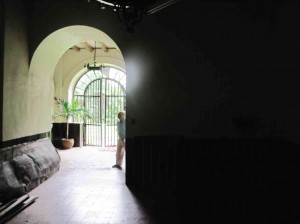
Summit and tour
The Santa Ana Stakeholders Summit, attended by locals and barangay officials, revealed the need for strong ordinances to protect heritage, revival of traditions, and to bring back Santa Ana’s vanishing culinary arts.
Most important, the summit drafted a plan that blueprints cooperative programs the residents can participate in to safeguard their shared legacy which encompasses pre-Hispanic royal origins, heritage structures, and religious landmarks, and National Cultural Treasures.
The Santa Ana walking tour is one result, describing a typical tour as: “On a street in the heart of Manila, a Japanese student from Kobe University boards a pedicab, the bicycle-powered public-utility vehicle commonly used in many Philippine cities, towns and municipalities.
“In a route covered via leisurely ride and several short walks, the tourist gets a firsthand look at: the Santa Ana Church, dating back to the 1700s; a turn-of-the-century, Filipino-owned heritage house; and a supermarket, developed by a leading Filipino-Chinese tycoon, which features a conservation-conscious design, including a lovely red-tiled courtyard where a graceful Dita tree occupies historic pride of place.”
The Santa Ana tour is not without detailed community preparation.
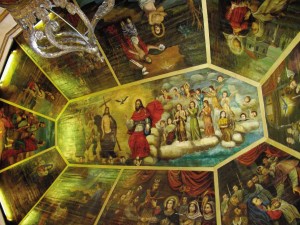
Organized as the Santa Ana Heritage Tourism Association (Sahta), community members prepared a Tour Guide Reference Kit that compiles the community inventory and mapping of its heritage, reference material, and pertinent articles written about the area which were the basis for tour-guide training.
Shining example
Major institutions such as SM SaveMore, Jollibee and the Department of Tourism supported community initiatives, joining volunteers and program participants which include barangay officials, property owners, long-time residents, market vendors, and local foundations.
Santa Ana offers two types of tours: 1- to 1.5-hour tour that focuses on the church and surrounds; and 3-hour community tour that takes visitors around the area and into heritage houses, local dining establishments and other points of interest.
Santa Ana is a shining example of community participation being the most sustainable way to preserve their shared heritage.
E-mail the author at pride.place@gmail.com.

